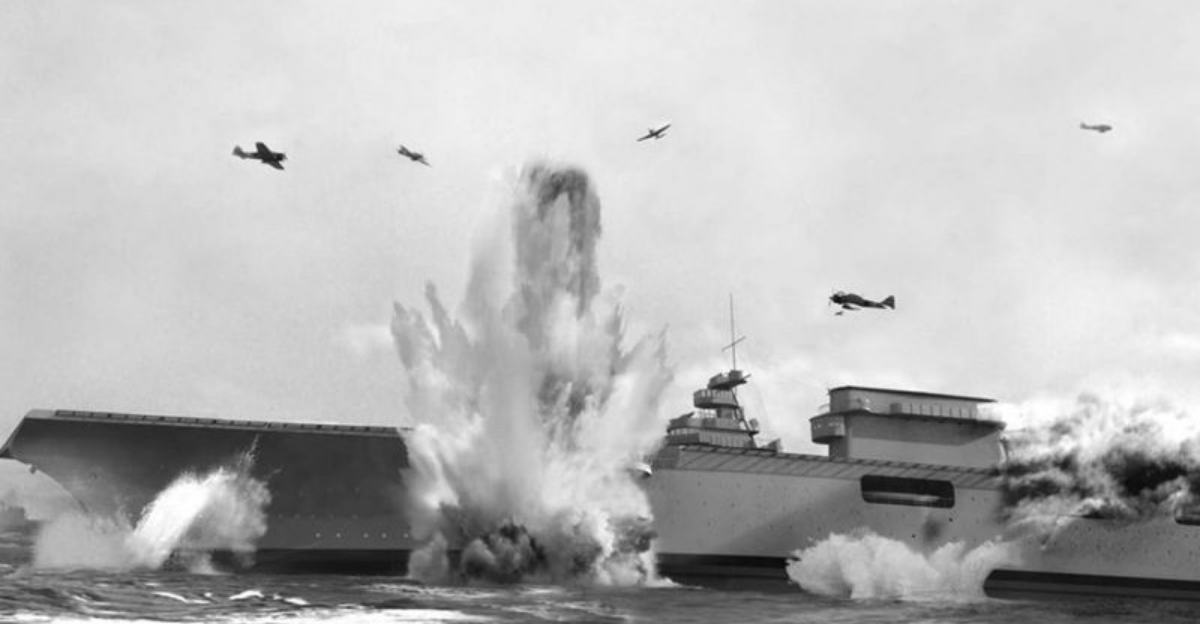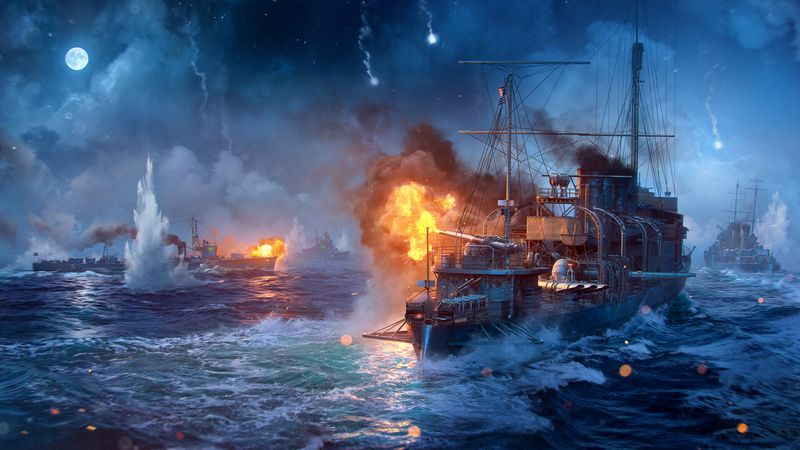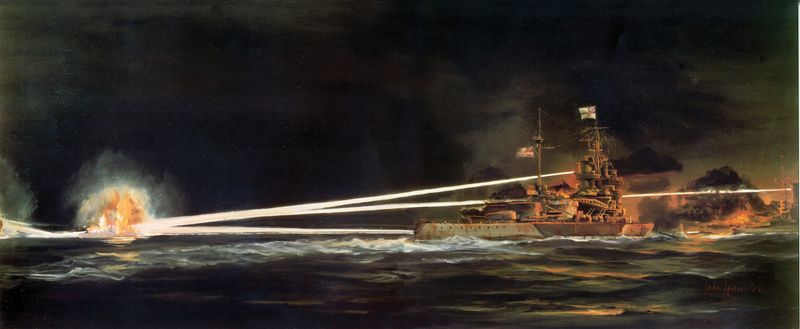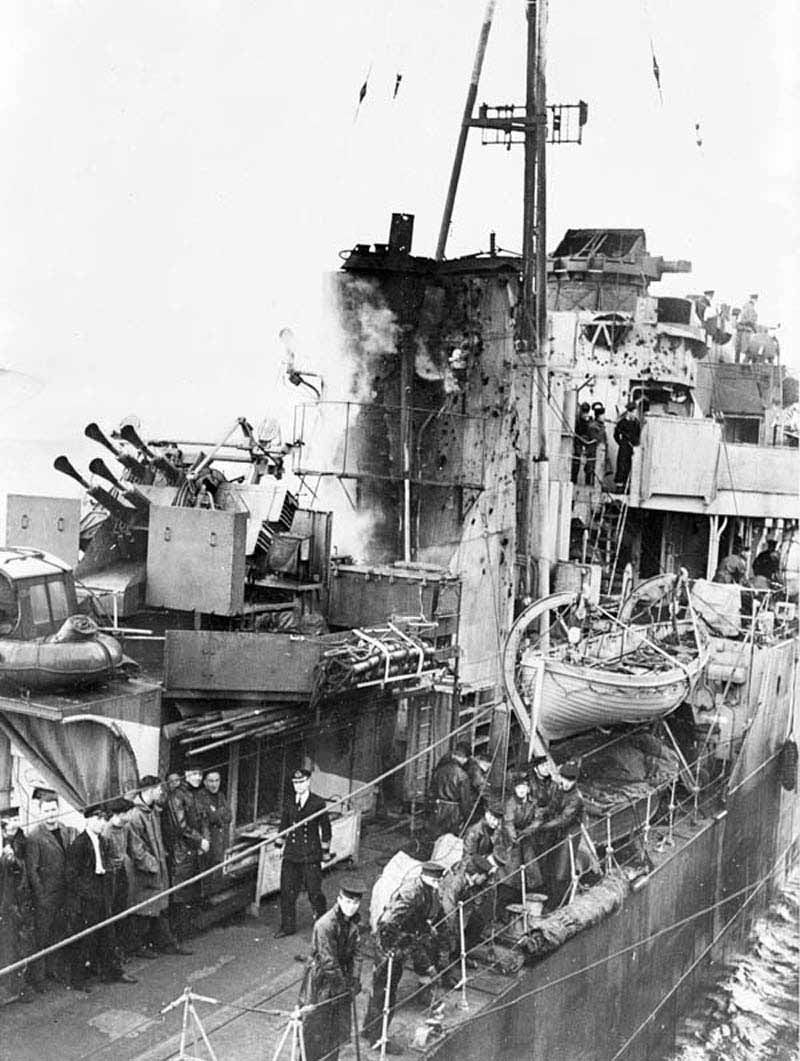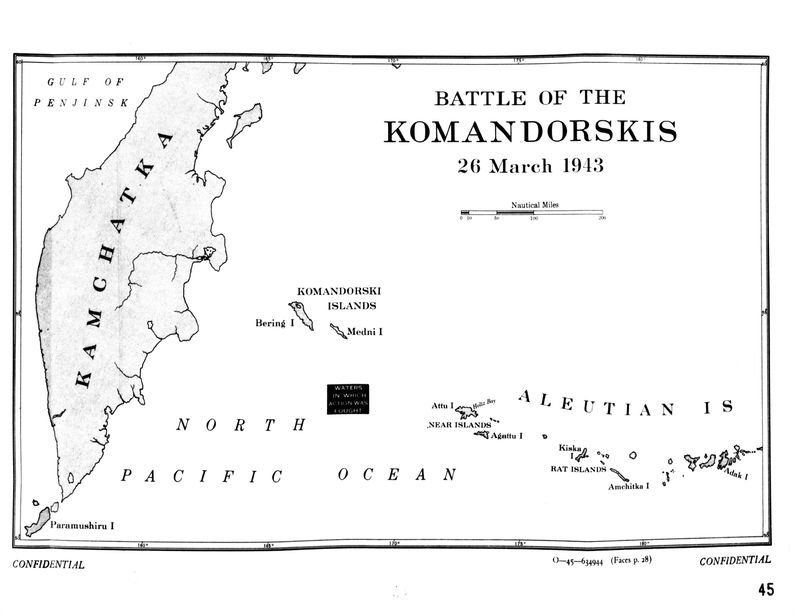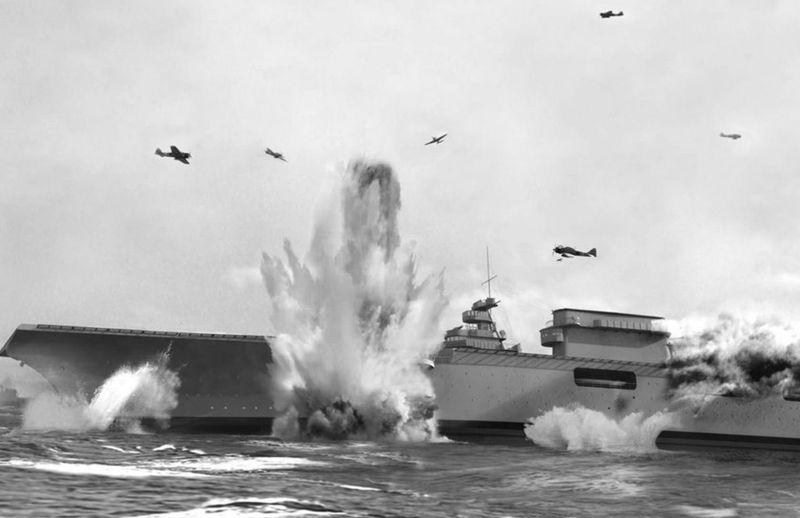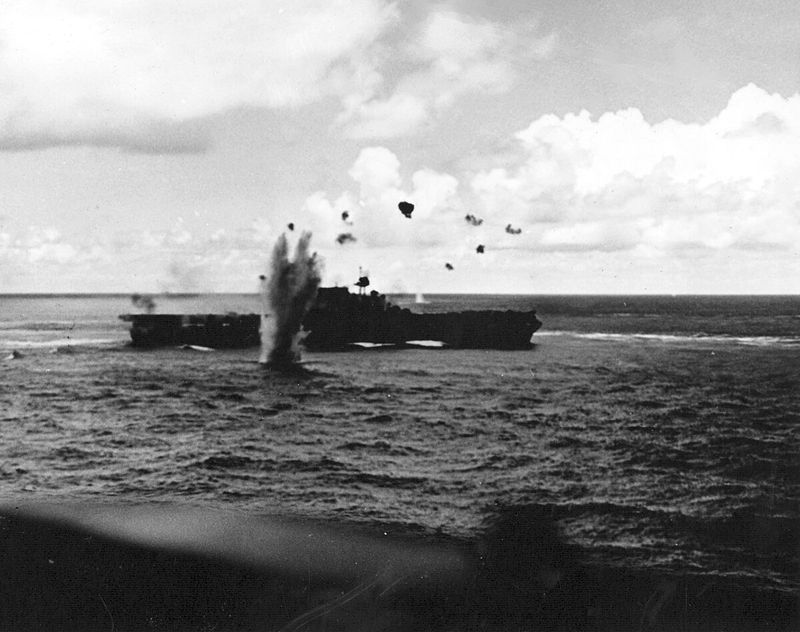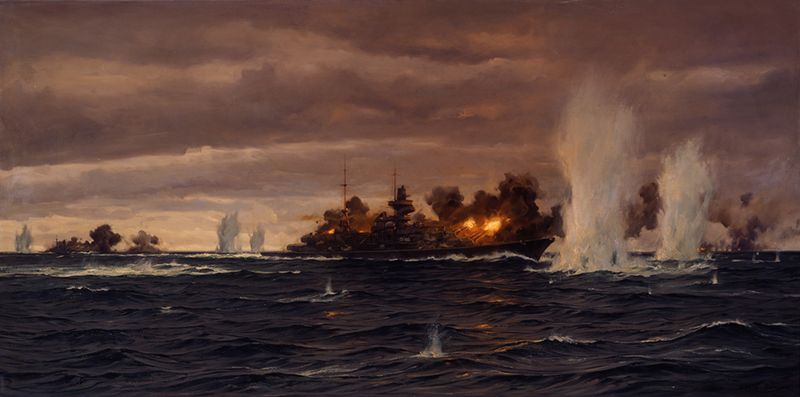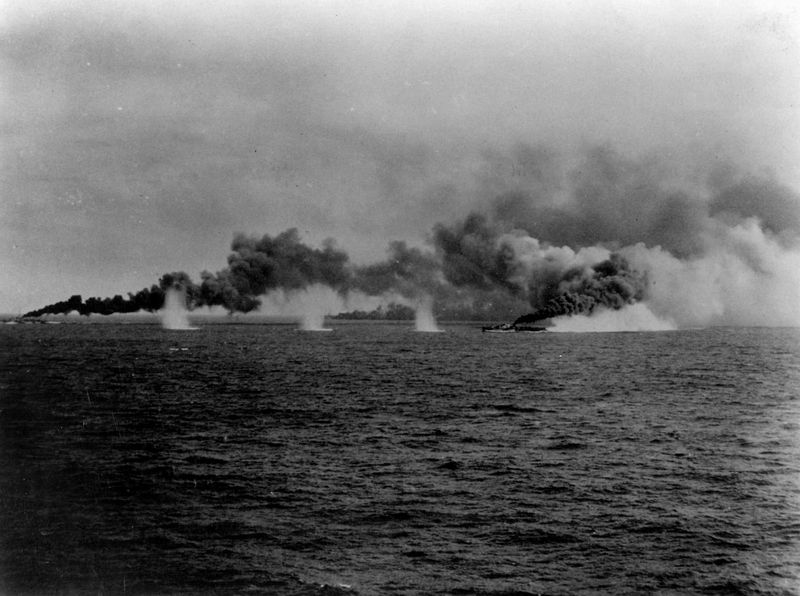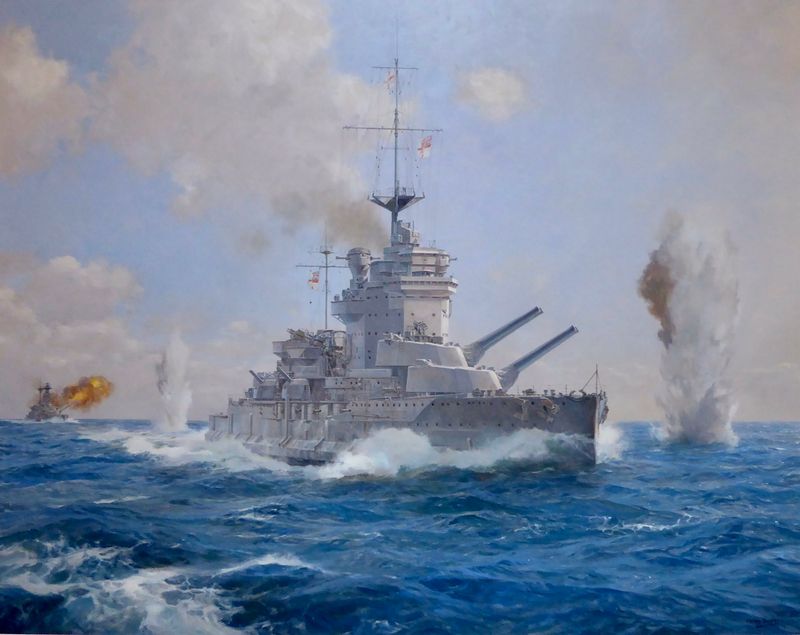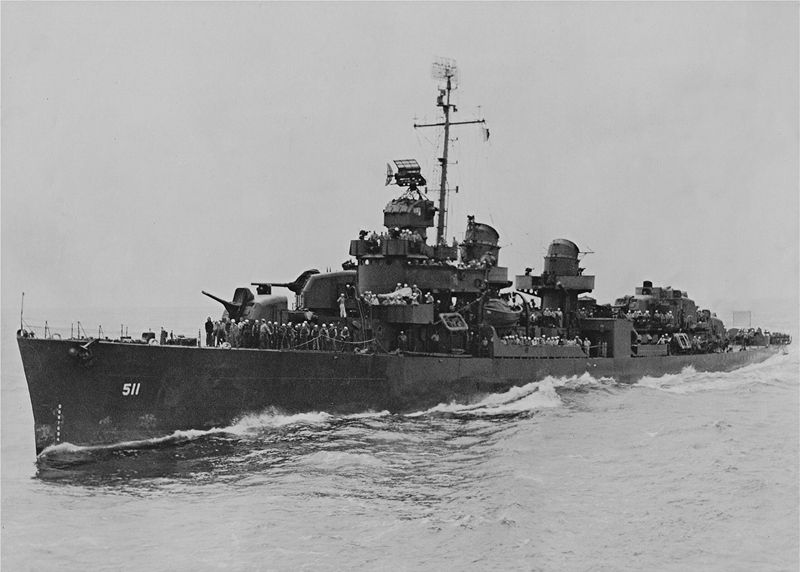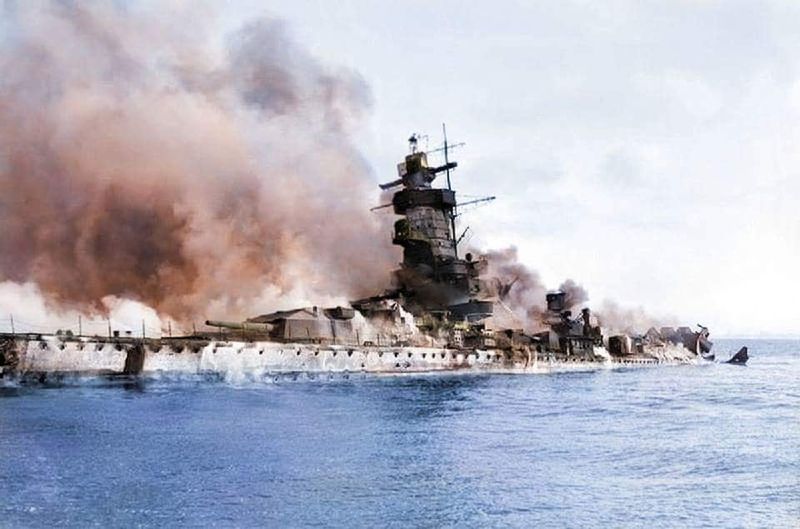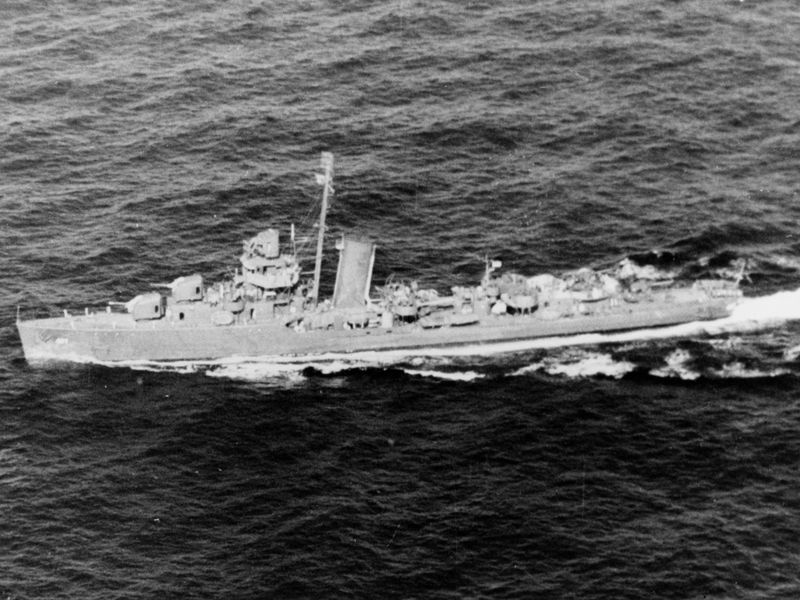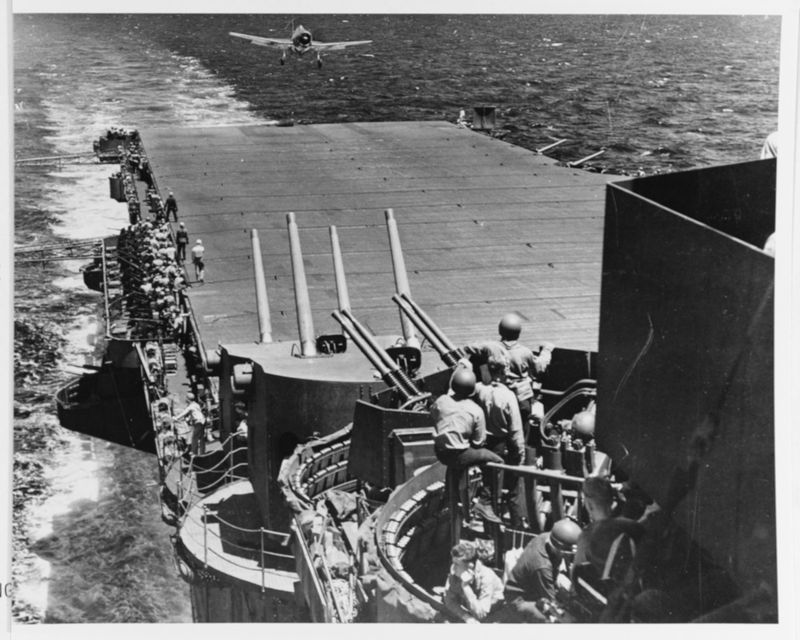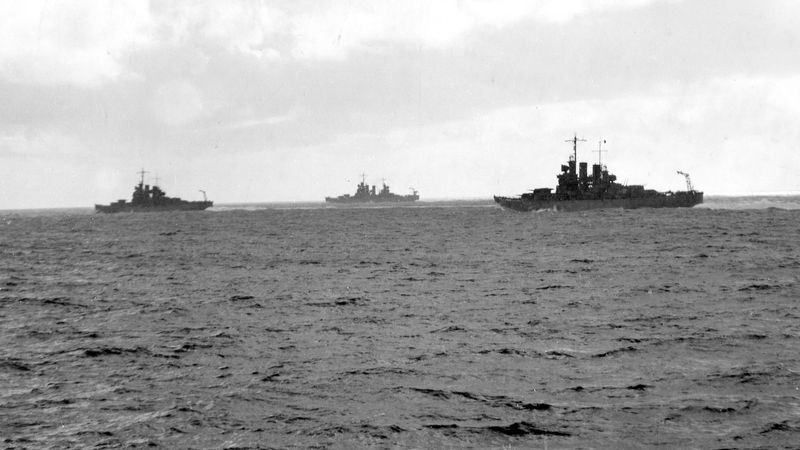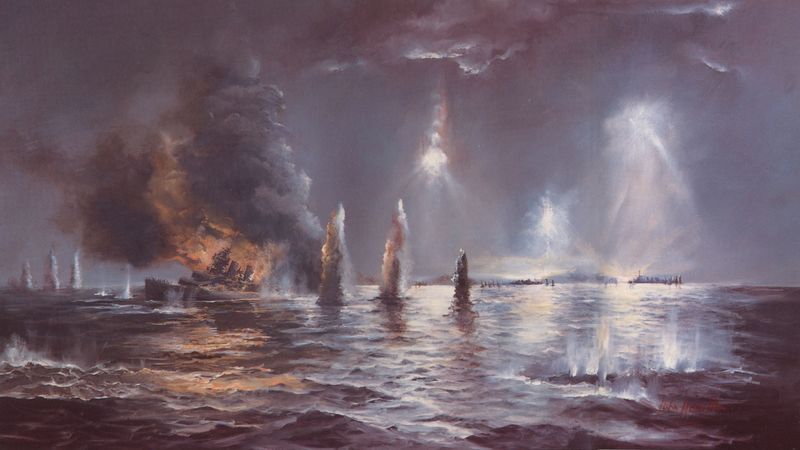World War II was a time of epic battles and monumental shifts in world power. While many are familiar with the likes of Pearl Harbor, there are other significant naval encounters that played pivotal roles during the war but have slipped under the radar.
These battles, though not as famous, had profound impacts on the course of the conflict. Dive into these lesser-known yet massive naval confrontations that showcase courage, strategy, and the unpredictable nature of warfare.
1. Battle of the Java Sea (1942)
In early 1942, the Java Sea became the stage for a dramatic confrontation between the Allies and Japanese forces. Picture this: Allied ships scrambling as Japanese warships approach with calculated precision.
This battle was a turning point in the Pacific, marking a significant loss for the Allies. The Japanese navy, equipped with superior tactics and firepower, managed to sink several Allied vessels, crippling the defense of the Dutch East Indies.
The night skies were lit up by the fiery aftermath, leaving a haunting memory of sacrifice and valor. This battle, though devastating, set the stage for future engagements.
2. Battle of Cape Matapan (1941)
Under the cloak of darkness, the Battle of Cape Matapan unfolded with a British ambush that caught the Italian fleet off guard. The Mediterranean waters witnessed a dramatic shift as British radar technology and tactical prowess came into play.
With precision and stealth, the Royal Navy turned the tide, securing a decisive victory that bolstered morale.
As the sun rose, the extent of the Italian losses became clear, marking a critical turning point in the Mediterranean campaign. This battle showcases the importance of intelligence and technology in warfare.
3. Battle of the Barents Sea (1942)
In the freezing Arctic waters, the Battle of the Barents Sea was a tale of resilience and strategy. Despite facing a formidable German force, the British navy showcased their tenacity and tactical ingenuity.
As icy winds whipped across the decks, the British managed to thwart the Germans, securing a surprising victory. This battle had far-reaching consequences, leading Hitler to question the efficacy of his surface navy.
The clash in the Arctic demonstrated that sheer will and clever strategy could overcome seemingly insurmountable odds.
4. Battle of the Komandorski Islands (1943)
The Battle of the Komandorski Islands was a rare naval gunfight in the chill of the North Pacific. As U.S. and Japanese forces clashed near the Aleutians, the scene was set for a dramatic encounter.
Cannons roared amidst the cold, sea spray mingling with smoke from the ships. The U.S. navy, using strategic positioning and sheer determination, managed to hold their ground against a more heavily armed Japanese force.
This battle stands out for its reliance on traditional naval tactics in an era dominated by aircraft carriers.
5. Battle of the Coral Sea (1942)
Often overshadowed by the Battle of Midway, the Battle of the Coral Sea was a pioneering naval clash where aircraft carriers took center stage. Imagine planes darting through the skies, as ships below maneuvered strategically, locked in a fierce contest.
This was the first carrier-versus-carrier battle in history, marking a strategic win for the Allies. Although both sides suffered significant losses, the battle halted the Japanese advance towards Australia, proving the critical role of air power in naval warfare.
6. Battle of the Santa Cruz Islands (1942)
The Battle of the Santa Cruz Islands was an intense and costly carrier battle that took place during the Solomon Islands campaign. Picture aircraft soaring across the sky, diving fearlessly towards the enemy fleet.
Both the Allies and Japanese forces suffered heavy losses in this fierce engagement.
Despite the lack of a decisive victor, the battle demonstrated the relentless spirit and determination of the fighting forces. It was a testament to the strategic importance of the Solomon Islands in the Pacific theater.
7. Battle of the Denmark Strait (1941)
The Battle of the Denmark Strait was a dramatic showdown that saw the pride of the Royal Navy, HMS Hood, face off against the formidable German battleship, Bismarck. The frigid waters and foggy skies set the stage for this intense confrontation.
As the ships exchanged fire, the unthinkable happened—the Hood was struck and sunk, leaving a significant mark on British naval history. This shocking moment underscored the power and threat of the Bismarck, leading to a relentless pursuit by the Royal Navy.
8. Battle of Leyte Gulf – Battle off Samar (1944)
The Battle off Samar, part of the larger Leyte Gulf campaign, was a David-vs-Goliath tale of courage and tenacity. Imagine small U.S. escort ships facing an enormous Japanese fleet, yet standing firm against the odds.
The battle was marked by incredible acts of bravery as the U.S. forces fought valiantly, using every resource available.
This unexpected resistance led to a strategic retreat by the Japanese, showcasing the indomitable spirit of the U.S. navy and altering the course of the campaign.
9. Battle of Calabria (1940)
The Battle of Calabria was one of the first major naval engagements in the Mediterranean during World War II. Clear skies and calm seas served as the backdrop for this large-scale clash between the British and Italian fleets.
The battle was characterized by its intensity and the strategic maneuvers of both sides, as they vied for control of the Mediterranean waters.
Though the engagement ended indecisively, it set the tone for future naval confrontations in the region, highlighting the importance of naval power.
10. Battle of Empress Augusta Bay (1943)
In the shadowy waters of Empress Augusta Bay, American cruisers and destroyers engaged a Japanese force in a crucial night battle. The darkness was punctuated by the flash of gunfire and the roar of torpedoes.
This encounter saw the American navy’s superior night-fighting tactics come into play, leading to a decisive victory.
The battle thwarted Japanese attempts to reinforce Bougainville, underscoring the strategic importance of naval control in the Solomon Islands campaign.
11. Battle of the River Plate (1939)
The Battle of the River Plate was a pivotal South Atlantic skirmish that saw British cruisers corner the German pocket battleship Admiral Graf Spee. Picture the vast ocean as both sides maneuvered with precision and determination.
This early naval conflict was significant as it marked the first major naval engagement of World War II.
Despite the challenges, the British forces managed to force the Graf Spee into a retreat, leading to its eventual scuttling. This battle highlighted the importance of naval strategy and intelligence.
12. Battle of Vella Gulf (1943)
The Battle of Vella Gulf marked a turning point in the use of technology in naval warfare. As the night cloaked the waters, U.S. forces utilized radar to gain the upper hand, ambushing Japanese ships with devastating effect.
The engagement was characterized by its precision and the effective use of torpedoes, leading to a decisive U.S. victory.
This battle is a testament to the rapid advancements in technology during the war, showcasing how innovation can shift the balance in naval conflicts.
13. Battle of the Philippine Sea (1944)
Dubbed the “Great Marianas Turkey Shoot,” the Battle of the Philippine Sea was a pivotal aerial engagement in the Pacific theater.
Envision the sky filled with Japanese aircraft, only to be systematically shot down by superior American pilots and anti-aircraft fire. This lopsided battle resulted in the destruction of a vast number of Japanese planes, crippling their air capabilities.
The battle was a testament to the effectiveness of American naval aviation and marked a turning point in the Pacific campaign.
14. Battle of Kula Gulf (1943)
The Battle of Kula Gulf was a chaotic night engagement marked by heavy losses on both sides. The darkness shrouded the ships as they clashed, with torpedoes and gunfire lighting up the night.
Among the losses was the USS Helena, a significant blow to the U.S. navy. This battle highlighted the unpredictable nature of night engagements and the importance of preparedness and strategy.
Despite the chaos, the battle underscored the relentless spirit of the Allies in the face of adversity.
15. Battle of Cape Esperance (1942)
The Battle of Cape Esperance was an early U.S. victory in the Solomon Islands that played a crucial role in boosting Allied morale. Picture the tense anticipation as naval forces clashed under the cover of night, with gunfire echoing across the waters.
This engagement was marked by the effective use of intelligence and strategic positioning, leading to a hard-fought victory for the U.S. navy. It helped restore confidence after previous setbacks, proving that perseverance and strategy could turn the tide.
